When it comes to electric vehicles, keeping an eye on your charge is more than just about avoiding a breakdown. It’s about keeping your car running smoothly and efficiently for as long as possible. Much like you wouldn’t let your phone battery keep hitting zero, treating your car’s battery the same way can save you a lot of headaches. Here’s how you can stay on top of things and make the most out of your electric ride.
What happens when an electric car runs out of power?
Here's what you can expect if your electric car starts to run low on power while you're driving:
-
The Slowdown: First, you’ll notice your car isn’t as peppy as usual. It begins to lose steam, gradually reducing speed until it finally rolls to a stop. It’s a gentle process, giving you some time to think about your next move.
-
A Bit of a Hazard: Stopping suddenly isn’t ideal, especially if you’re on a busy highway or far from the nearest town. The risk of being on the road, immobile, is something to consider seriously.
-
Systems Start to Sleep: As the battery dips lower, your car tries to save what’s left. This means less critical features like the air conditioner and radio will likely power down. More crucial functions, such as your power steering and brakes, will keep working, but they might feel a bit stiffer.
-
Friendly (or Not So Friendly) Reminders: Your dashboard will light up with notifications. These alerts are hard to miss and will urge you to get to a charging station quickly—like a nudge from your car saying, "Hey, I really need a charge!"
How does an EV inform you about low battery levels?
When an electric vehicle (EV) approaches low battery levels, it employs a variety of methods to ensure you're promptly and clearly informed. The primary indicator is the dashboard display, which operates similarly to a fuel gauge in conventional vehicles but with a digital twist.

It shows the remaining battery percentage or translates it into an estimated driving range. This visual cue is both intuitive and immediate, giving drivers a real-time snapshot of their energy status without needing to navigate through complex menus or settings.
Alongside the dashboard display, EVs often incorporate audio and visual alerts to grab your attention as the battery charge dips closer to critical levels. These notifications increase in frequency and intensity, serving as a nudge to start planning your next charge.
Some EVs go a step further by integrating smart navigation systems that automatically detect low battery levels and suggest nearby charging stations, complete with directions and availability. This seamless integration of technology not only keeps you informed but also supports you in managing your vehicle’s energy use efficiently.
What should you do if your electric car is close to running out of charge?
If you notice that your electric car's battery is running out, stay calm and act quickly. Here are the steps you can take to counteract the situation:
-
Reduce Power Consumption: Start by turning off non-essential electrical systems such as the air conditioning, heated seats, and infotainment system. These consume a significant amount of power and turning them off can help extend your remaining range.
-
Find a Charging Station: Use your vehicle’s navigation system or a smartphone app to locate the nearest charging station. Modern electric cars often include features in their navigation systems to suggest nearby charging points automatically when running low on power.
-
Adjust Your Driving Style: Drive more efficiently by reducing your speed, avoiding rapid acceleration, and using regenerative braking features if available. This can help maximize your remaining range.
-
Plan for the Worst: If it looks like you might not make it to a charging station, plan to pull over safely. It’s better to stop in a controlled manner at a convenient location than to risk running completely out of power in a potentially hazardous spot.
-
Call for Help: If you’re unsure you can reach a charging station, contact roadside assistance, or an emergency service provided by your vehicle’s manufacturer. Many offer services specifically for electric vehicles, including mobile charging options.
Taking these steps can help you cope with a low battery in your electric car, ensure you stay safe until it's time to recharge and minimize the inconvenience that's likely to occur. For more detailed insights on maintaining your EV's battery, check out our article Should I Charge My EV Every Night?
How far can an electric car go?
The range of an electric vehicle on a single charge varies widely depending on the model and battery capacity. Entry-level electric vehicles typically range from 100 to 150 miles. Mid-range models have a range of about 200 to 300 miles for city trips and long-distance travel. High-end and luxury EVs go even further, with some models having a range of more than 300 miles and a range of up to 400 miles per charge.

With advances in battery technology, the efficiency and range of electric vehicles are improving all the time, with the promise of even greater driving distances in the future.
Can you tow or push an electric car?
Absolutely! If you need to tow or push an electric vehicle, the safest and most recommended method is to use a flatbed trailer. This method ensures that all of the vehicle's wheels are not spinning during the towing process, which is critical to protecting the electric drivetrain.
Traditional towing methods that only lift the front or rear wheels may risk damaging the car's motor and other components, especially if the manufacturer's specific regulations are not followed. If your electric car must be pushed due to an emergency, make sure it is neutral and that you are only moving it for short distances.
However, due to the potential for damage and the specific nature of the EV system, it is generally recommended that you do not push your car unless absolutely necessary. Be sure to refer to your owner's manual for detailed instructions and call professional EV roadside assistance if possible. They are equipped to deal with the situation correctly and minimize the risk to your vehicle.
How to prevent running out of battery
Keeping your electric car from running out of charge is mostly about good habits and a bit of planning:
-
Charge Regularly: Don’t wait for the battery to nearly die. Charge it often, and try to keep the battery between 20% and 80% as much as possible. This helps preserve the battery's life too.
-
Know Your Route: Before you head out, especially on longer trips, check out where you can charge along the way. There are plenty of apps now that show you charging station locations and availability.
-
Drive Efficiently: Simple things like driving at steady speeds, using regenerative braking effectively, and not overloading the car with unnecessary weight can help extend your range.
-
Watch the Weather: Batteries can be fussy about temperature. Cold weather can reduce your battery’s effectiveness, so if it's chilly out, try to park your car somewhere warm, like a garage.
-
Use Eco Mode: If your car has an eco mode, use it. It optimizes your car’s energy consumption by adjusting things like air conditioning and acceleration power.
These steps can help you avoid the stress of running low on power and make your trips smoother and more predictable.
What are the long-term effects of an electric car battery that runs out of juice often?
Regularly depleting an electric vehicle's (EV) battery to very low levels can have several adverse long-term effects on the battery's performance and overall health.
The most notable consequence is the reduction in battery capacity, which is similar to what happens with other lithium-ion batteries used in devices like smartphones and laptops. Each full discharge and recharge cycle slightly diminishes the battery's ability to hold a charge, ultimately reducing its total effective lifespan.
Over time, this means the battery will not only hold less charge but will also provide a shorter driving range per charge than when it was new.
Another significant impact of frequently running an EV battery low is increased susceptibility to battery degradation. Batteries operate best within certain charge levels—typically recommended to be kept between 20% and 80% of their total capacity. Constantly allowing the battery to dip below this range can accelerate the wear and tear processes, leading to faster degradation.
This degradation not only affects the vehicle's range but can also lead to increased maintenance costs and the need for a costly battery replacement sooner than typically expected.
To maintain optimum battery health and performance, EV owners are advised to avoid regular deep discharges and instead maintain more consistent, moderate charge levels.
Conclusion
So keeping your electric car in tip-top shape comes down to how you handle your battery. The key is to not let the battery get too low too often and to charge it before it runs out to keep everything running smoothly. Take care of your electric car's battery and it will take care of you, ensuring you avoid unnecessary hassle and expense. Think of it as regular maintenance, just like keeping your cell phone charged but not always glued to the charger. With a little attention, the results can be very different.
To ensure your electric vehicle remains reliable and ready for the road, staying proactive with battery care is crucial. Instead of waiting until the low battery warning flashes, consider integrating charging into your daily routine with a Level 2 EV charger. A great way to enhance your charging experience at home is by using Autel's advanced home EV chargers.
Reliable, fast, and easy to use, Autel chargers are designed to keep your EV in top condition, minimizing the risk of ever running out of charge. Ready to take charge of your EV's health and enjoy worry-free driving? Visit Autel Energy today and discover how our charging solutions can make a difference for your electric vehicle.

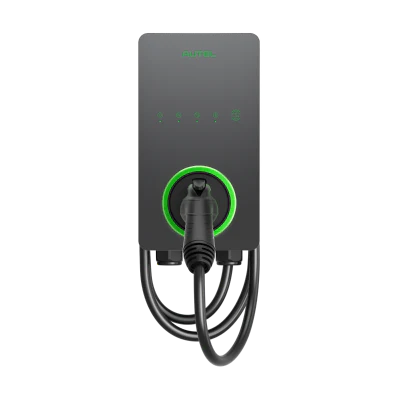
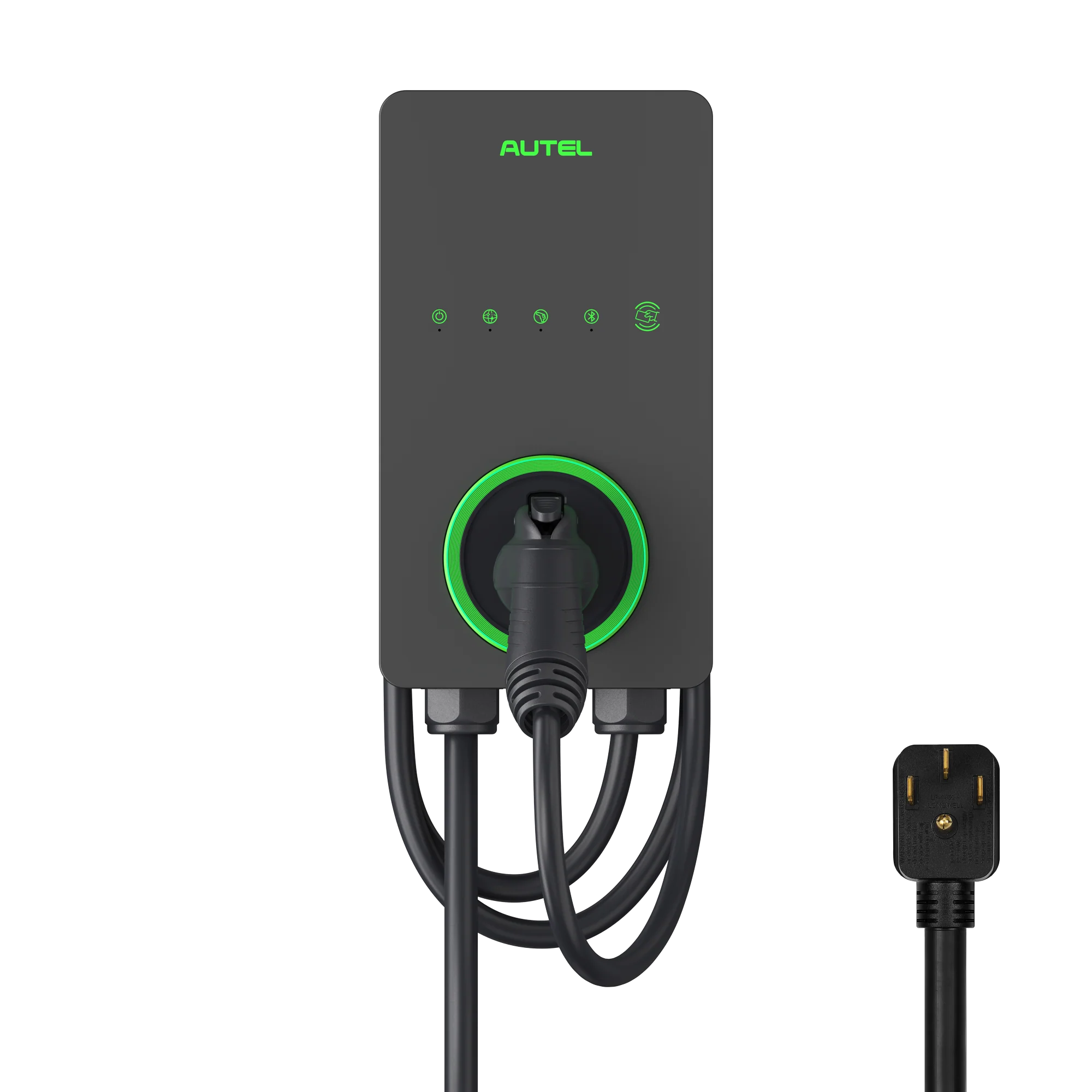
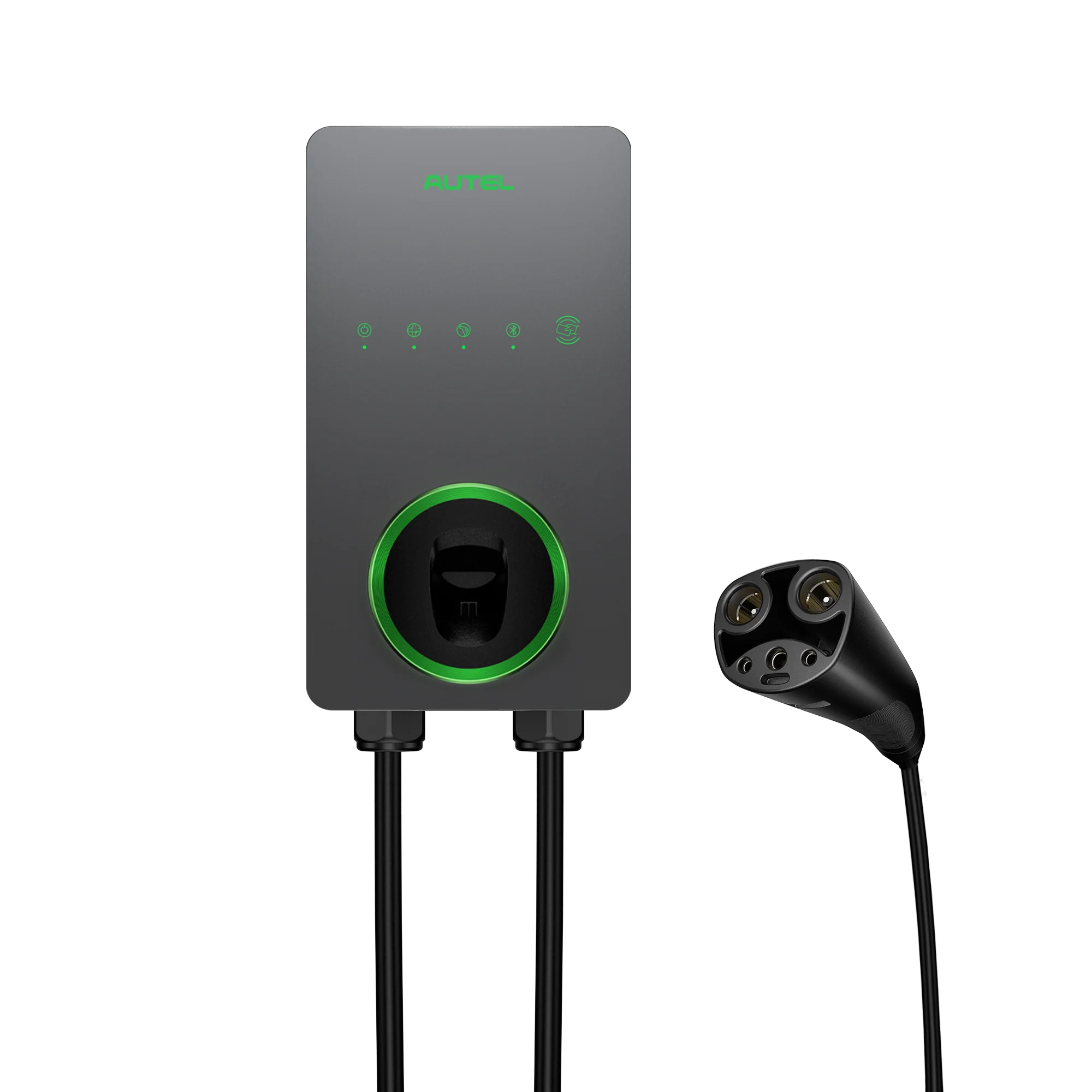
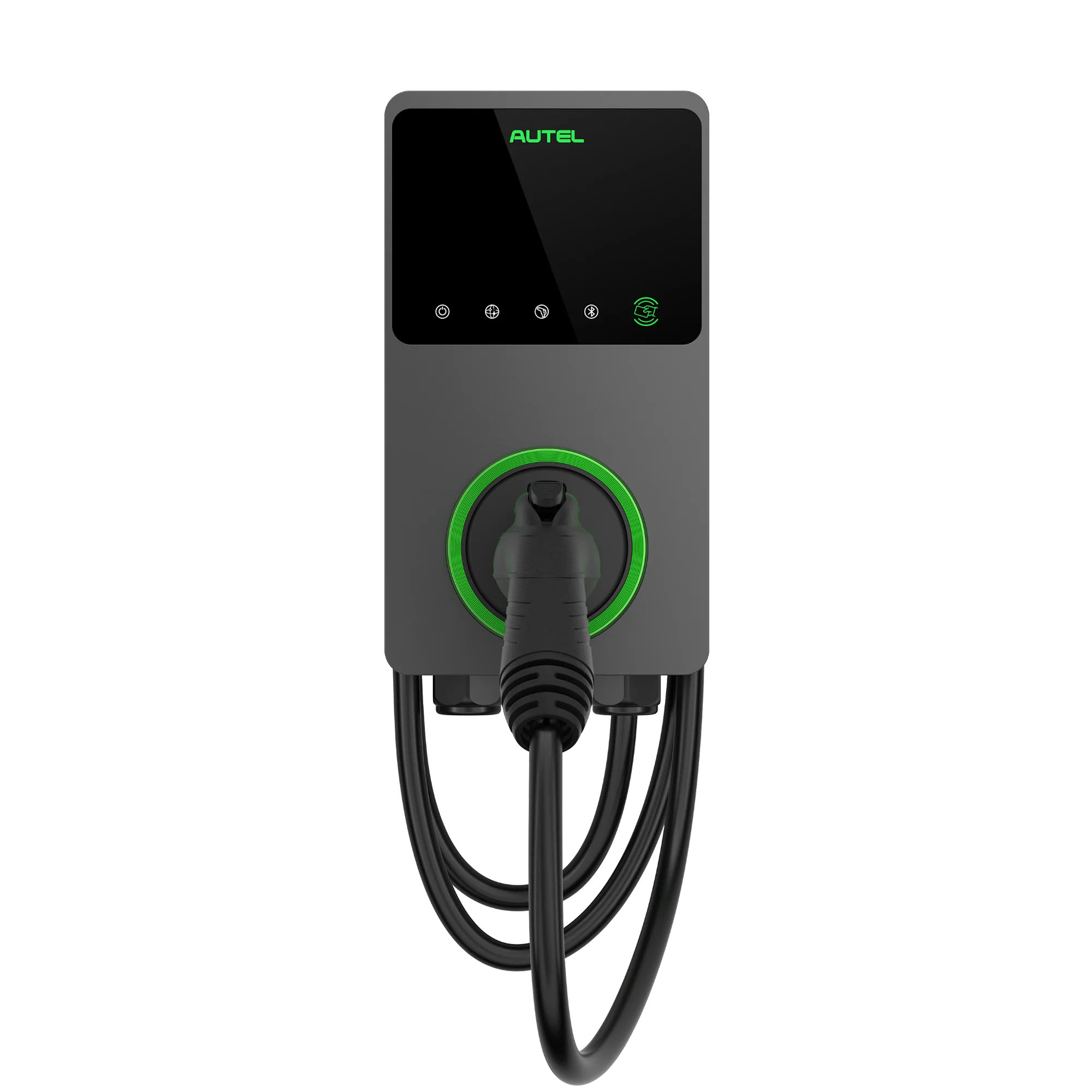
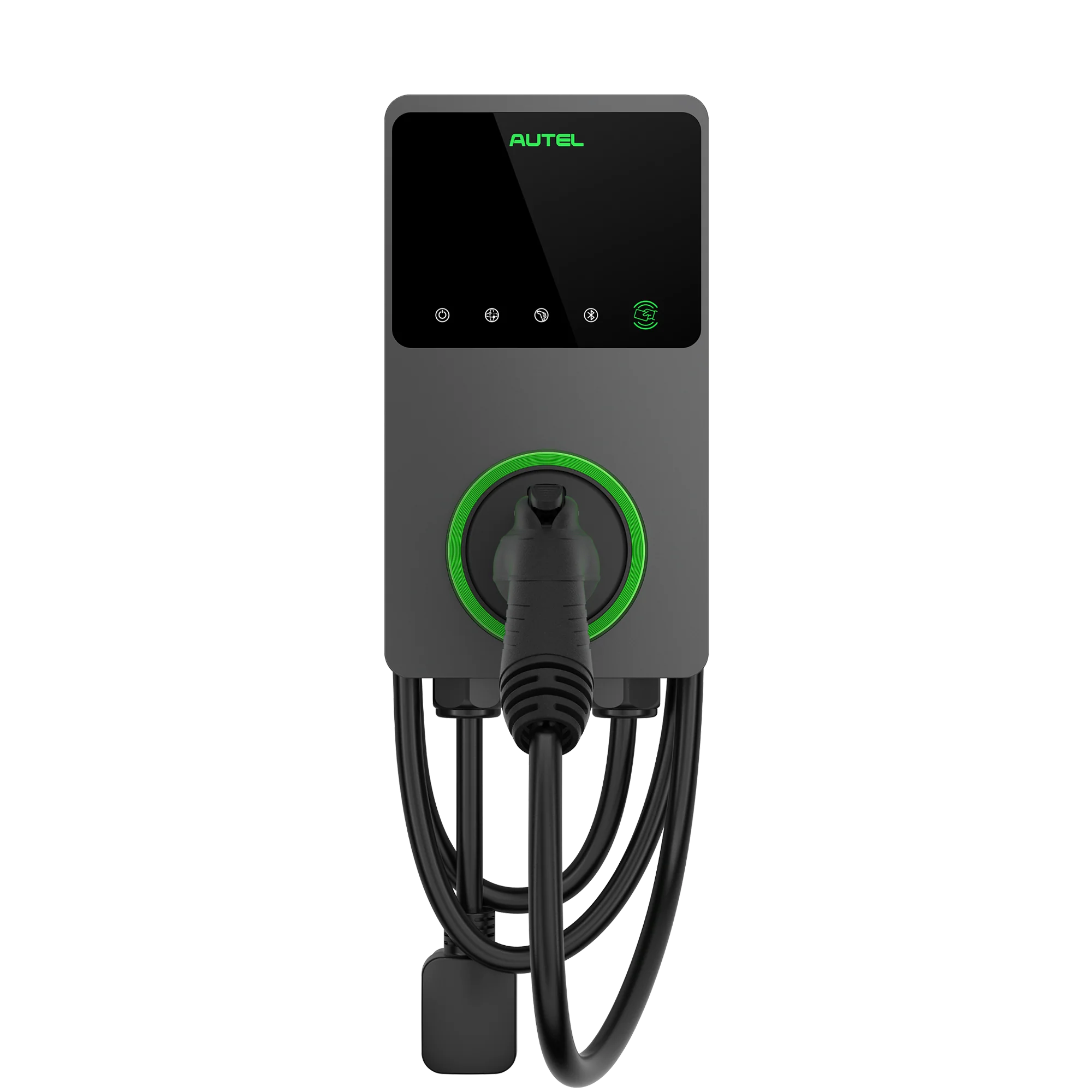

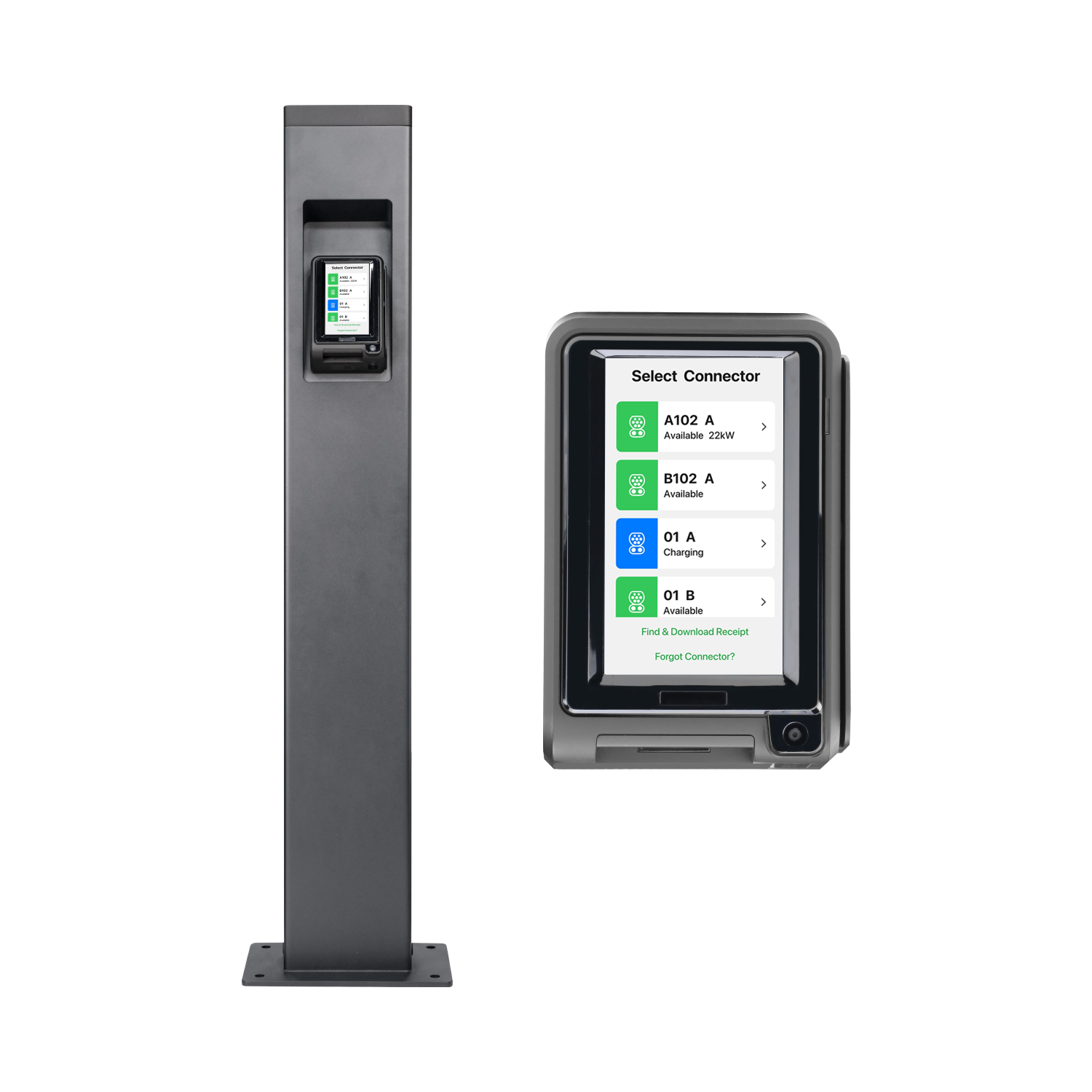
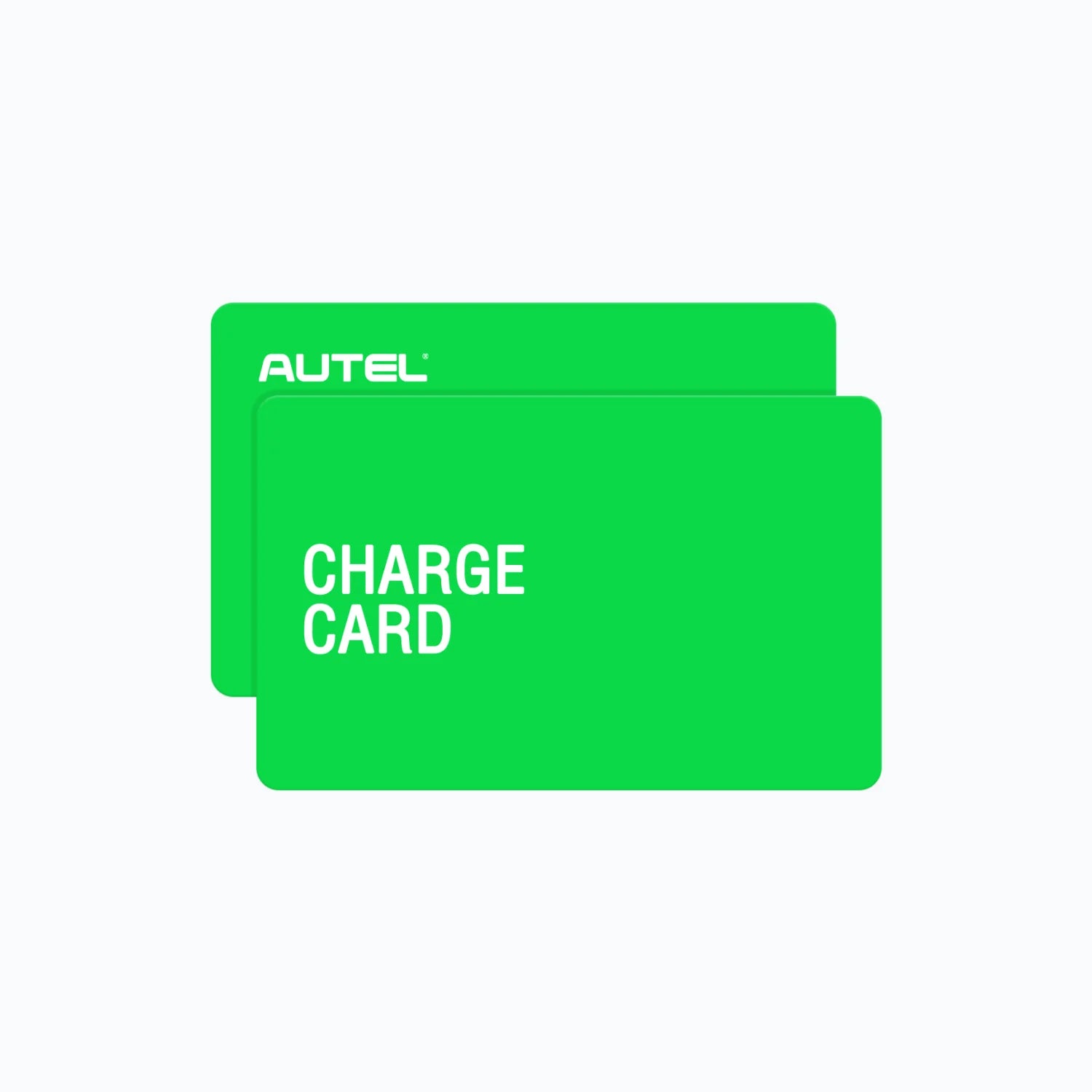
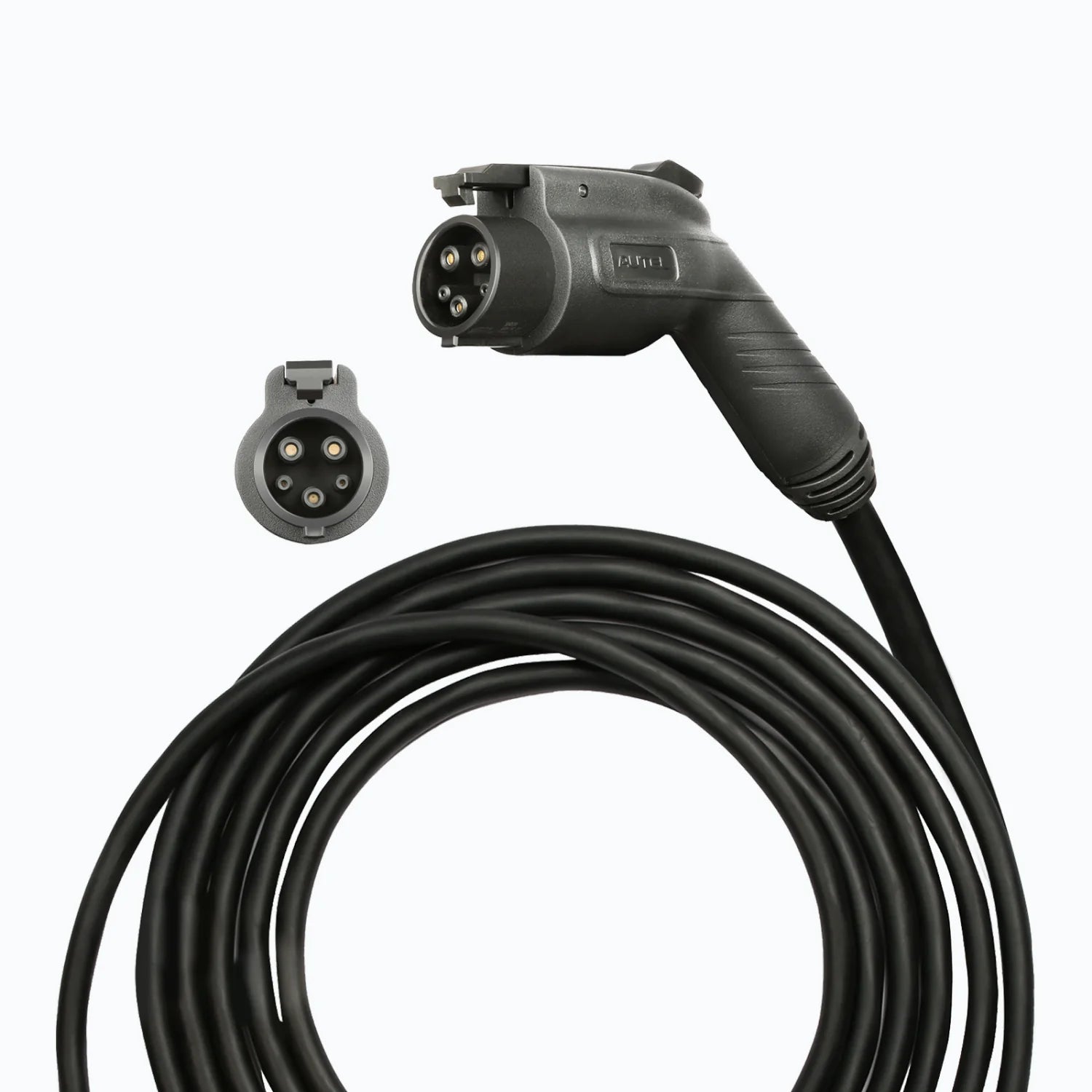
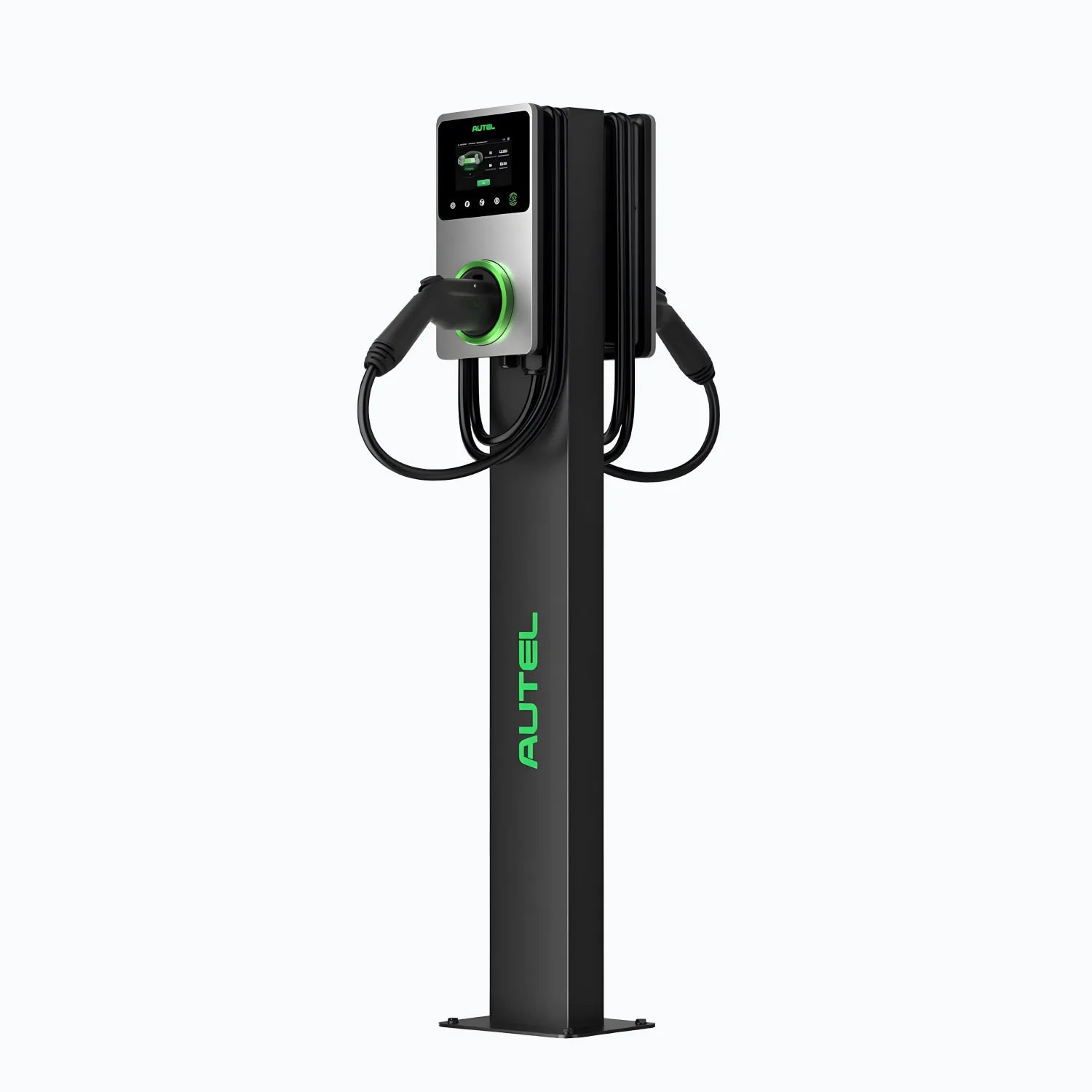
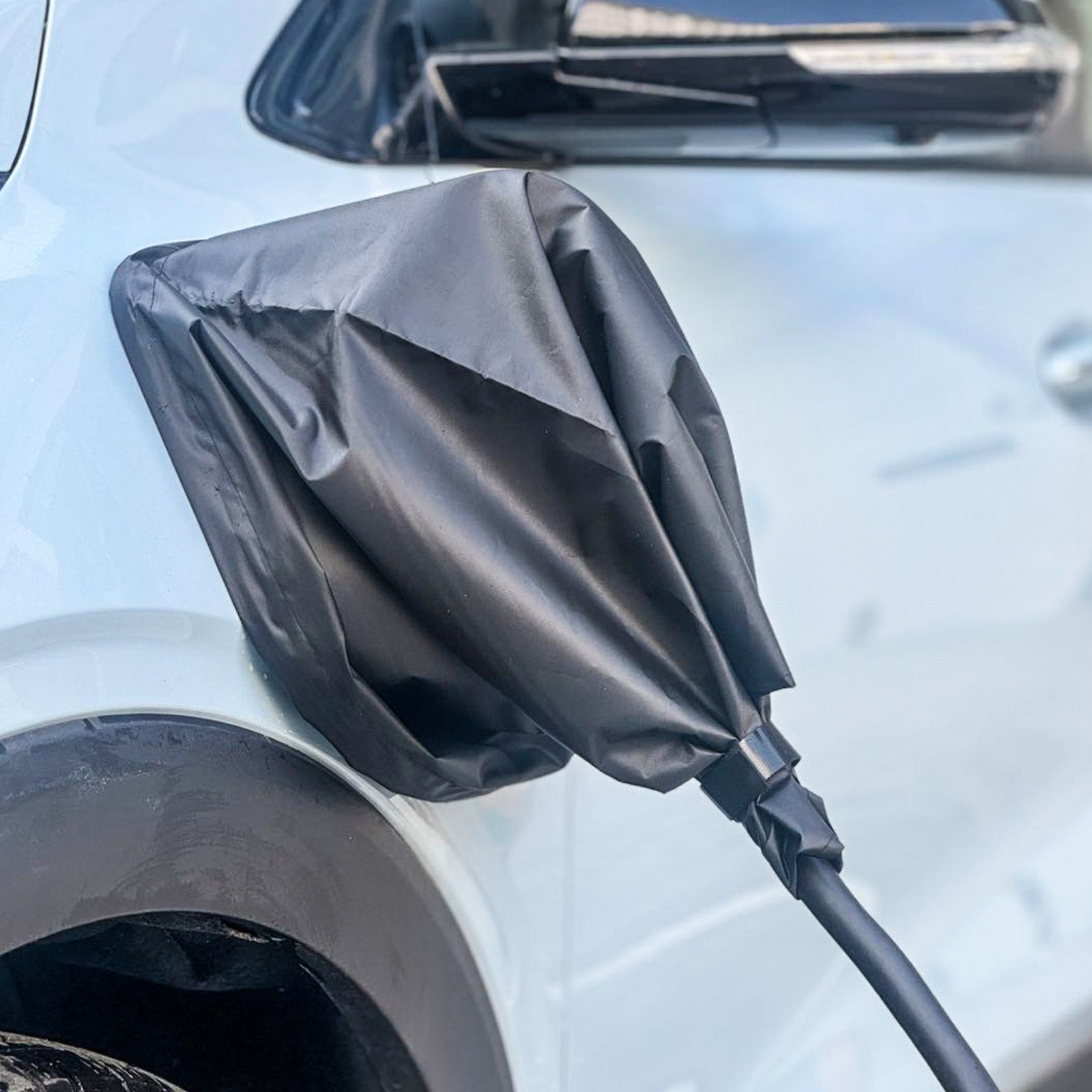
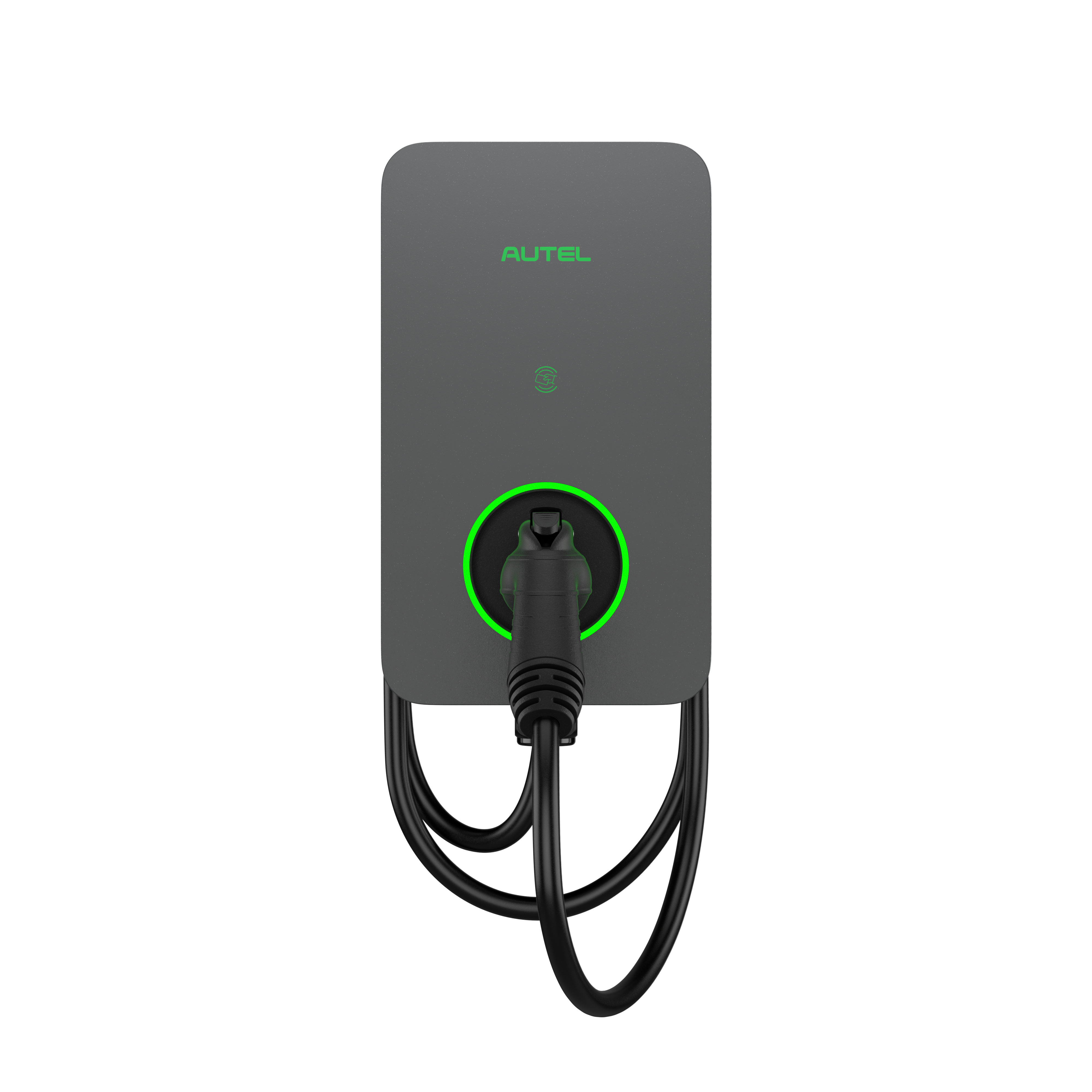
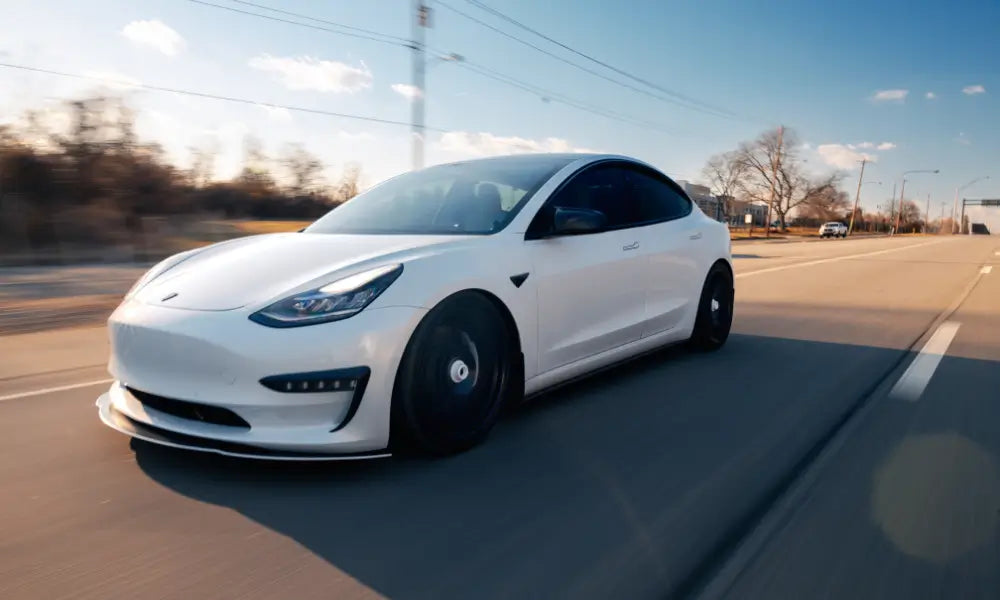
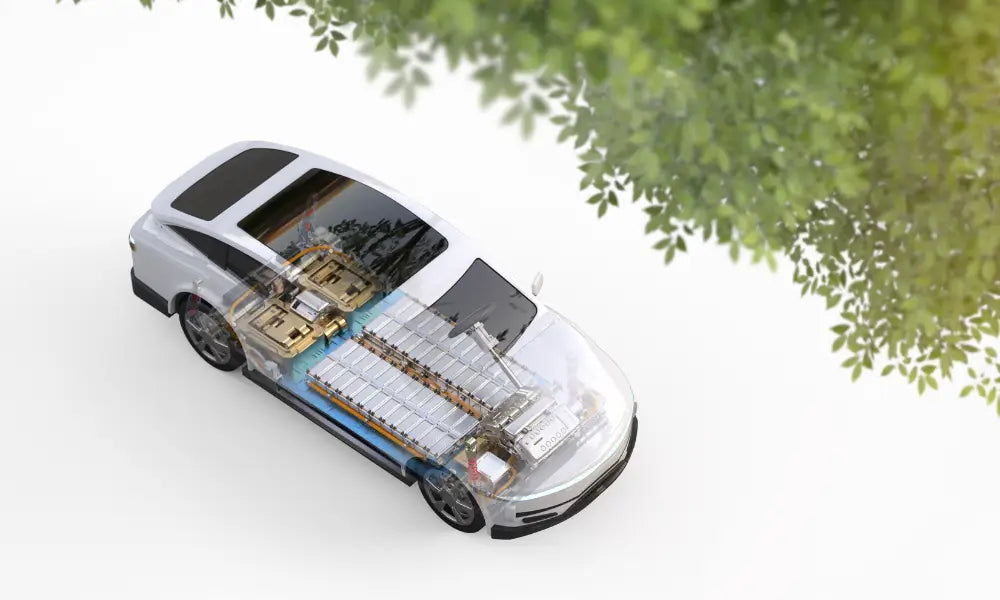
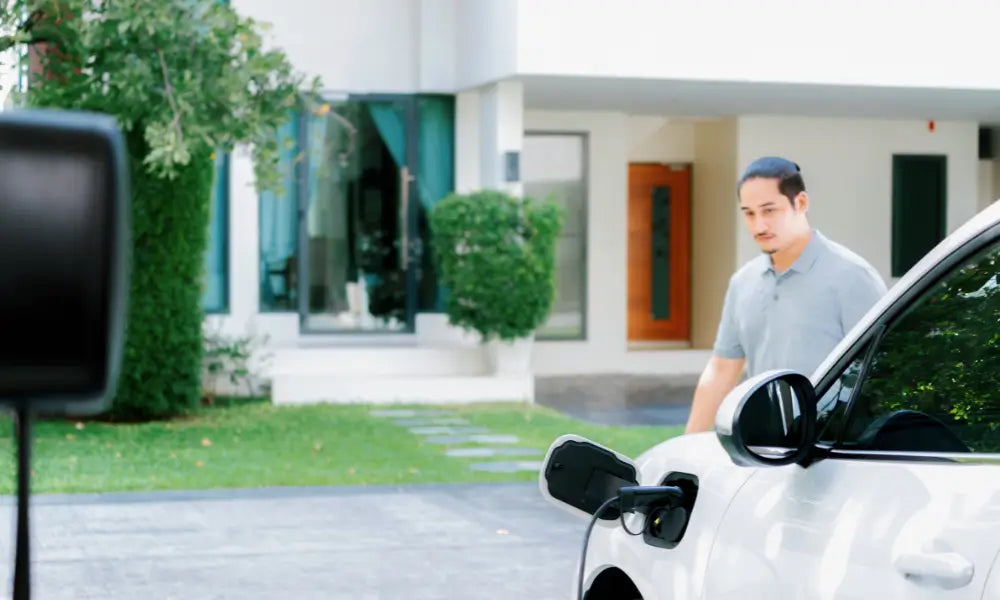
Leave a comment
All comments are moderated before being published.
This site is protected by hCaptcha and the hCaptcha Privacy Policy and Terms of Service apply.